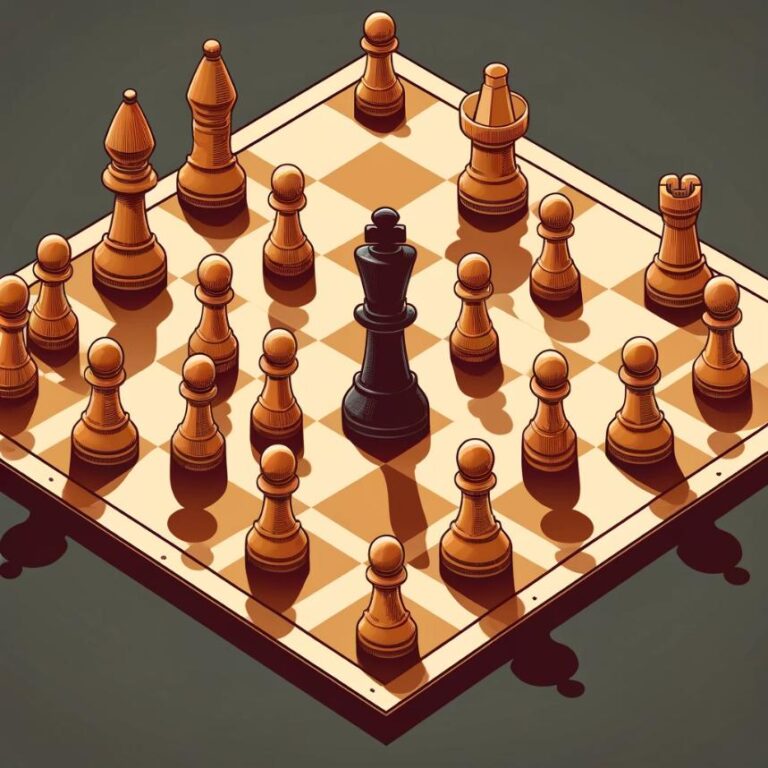In chess, a “hanging piece” refers to a piece that is unprotected and can be captured without any immediate cost. Capturing these pieces is a straightforward way to gain a material advantage in the game. This concept is fundamental for both beginners and experienced players as it focuses on the importance of piece safety and strategic positioning.
The Basics of Hanging Pieces
- Definition: A hanging piece is any chess piece left unprotected and can be captured freely.
- Detection: Players must continuously scan the board to identify unprotected pieces of the opponent.
- Consequences: Capturing hanging pieces often leads to a significant material advantage, which can simplify winning strategies.
Strategies Involving Hanging Pieces
- Proactive Defense: Always ensure your pieces are protected or their loss can be justifiably compensated.
- Opponent’s Mistakes: Exploit any oversight by the opponent to capture unprotected pieces.
- Combination Plays: Use tactics like forks, pins, and skewers to create situations where the opponent might leave a piece hanging.
Practical Tips
- Regular Checks: Consistently check the status of your own pieces and those of your opponent.
- Training Exercises: Solve puzzles and play practice games focusing on tactical themes that force you to spot and exploit hanging pieces.
- Game Analysis: After each game, review your moves to identify missed opportunities to capture hanging pieces or moments when your pieces were left unprotected.
Conclusion
Understanding and utilizing the concept of hanging pieces is crucial for developing a robust tactical foundation in chess. Regular practice in identifying and exploiting these opportunities can significantly enhance your gameplay, leading to more decisive victories and a deeper appreciation of chess strategy.







